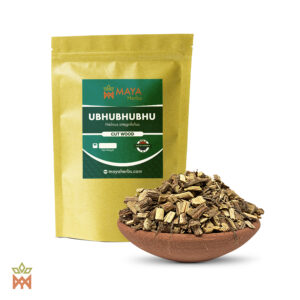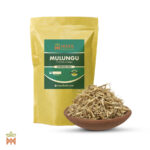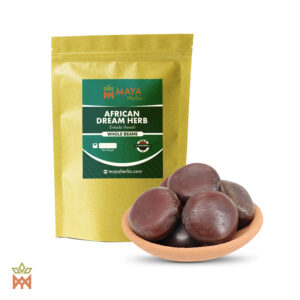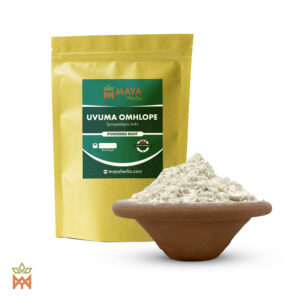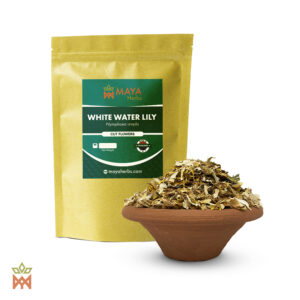Introducing Shredded Mulungu bark (Erythrina mulungu).
Shredded Bark from Brazil, a natural and traditional remedy for promoting relaxation and supporting overall well-being.
Mulungu, scientifically known as Erythrina mulungu, is a species of flowering tree belonging to the Fabaceae family.
Taxonomy
Kingdom: Plantae
Phylum: Angiosperms
Class: Eudicots
Order: Fabales
Family: Fabaceae
Genus: Erythrina
Species: Erythrina mulungu
Morphological Characteristics
Mulungu is a medium to large-sized tree that typically reaches heights of 5 to 10 meters, although some specimens may grow taller under optimal conditions.
The tree has a spreading canopy with a broad, rounded crown and a straight trunk that can measure up to 30 centimeters in diameter.
The leaves of Mulungu are compound and deciduous, consisting of three leaflets arranged alternately along the stem. The leaflets are elliptical to ovate in shape, with smooth margins and a dark green color.
Mulungu produces showy clusters of bright red to orange-red flowers that bloom in the spring and summer months. The flowers are tubular and arranged in terminal racemes.
The tree bears elongated seed pods (legumes) that contain several seeds within.
Distribution and Habitat
Mulungu is native to South America, particularly the tropical and subtropical regions of Brazil, Argentina, Paraguay, and Bolivia.
It grows in various habitats, including lowland rainforests, riparian zones, and disturbed areas, often along riverbanks and streams.
Mulungu is well-adapted to warm, humid climates and thrives in fertile, well-drained soils with adequate moisture.
Traditional Uses
Mulungu has a long history of traditional use among indigenous peoples in South America, particularly in Brazil.
The bark, leaves, and flowers of Mulungu have been used in traditional medicine for their sedative, anxiolytic, and anti-inflammatory properties.
Traditional medicinal preparations of Mulungu include decoctions, infusions, and tinctures, which are used to promote relaxation, reduce anxiety, and alleviate symptoms of stress and insomnia.
Mulungu is also used in cultural and spiritual practices, where it is believed to have protective and purifying qualities.



